Vanillyl alcohol
Synonym(s):4-Hydroxy-3-methoxybenzyl alcohol;NSC 3993;Vanillyl alcohol
- CAS NO.:498-00-0
- Empirical Formula: C8H10O3
- Molecular Weight: 154.16
- MDL number: MFCD00004659
- EINECS: 207-852-4
- SAFETY DATA SHEET (SDS)
- Update Date: 2024-11-19 15:53:33

What is Vanillyl alcohol?
Description
4-hydroxy-3-methoxybenzyl alcohol (also known as vanillyl alcohol) is often used as a deodorant component that is active in preventing the formation of body odor. It can also be used as a flavoring agent. Recent studies have also demonstrated that it has certain pharmacological effects. For example, it has been confirmed that it has certain neuro-protective effects through suppressing the oxidative stress and anti-apoptotic activity in toxin-induced dopaminergic MN9D cells, making it a potential candidate for the treatment of neurodegenerative diseases such as Parkinson’s disease.
Chemical properties
crystalline white to off-white powder
Chemical properties
Vanillyl alcohol is a lignin derived aromatic diol. It has a mild, sweet, balsamic, vanilla-like odor. It has a potential for the production of renewable epoxy thermosets. A bio-based bisphenolic analogue, bisguaiacol, was synthesized via the electrophilic aromatic condensation of vanillyl alcohol and guaiacol. From this, the diglycidyl ether of bisguaiacol was prepared. Further, three single aromatic diglycidyl ethers were synthesized from vanillyl alcohol, gastrodigenin, and hydroquinone.
The Uses of Vanillyl alcohol
Used as a flavoring agent. Other possible uses, vanilla, coconut, cream and other dairy nuances, coumarin.
Definition
ChEBI: Vanillyl alcohol is a monomethoxybenzene that is 2-methoxyphenol substituted by a hydroxymethyl group at position 4. It has a role as a plant metabolite. It is a member of guaiacols and a member of benzyl alcohols.
Taste threshold values
Sweet, creamy and milky with a slightly powdery mouthfeel.
General Description
Vanillyl alcohol belongs to the phenolic group of compounds which are widely used as oxidants in food products.
Biochem/physiol Actions
Odor at 1.0%: sweet creamy, phenolic, vanilla and coconut-like with slight brown and coumarinic nuances.
Synthesis
Vanillyl alcohol is prepared from Vanillin by hydrogenation in presence of Platinum black.
References
Brune, I, et al. "Under the influence of the active deodorant ingredient 4-hydroxy-3-methoxybenzyl alcohol, the skin bacterium Corynebacterium jeikeium moderately responds with differential gene expression." Journal of Biotechnology 127.1(2006):21-33.
Hsu, Lun Chung, Z. H. Wen, and K. Y. Lee. "Use of vanillyl alcohol for the treatment of Parkinson's disease." (2009).
Kim, I. S., D. K. Choi, and H. J. Jung. "Neuroprotective effects of vanillyl alcohol in Gastrodia elata Blume through suppression of oxidative stress and anti-apoptotic activity in toxin-induced dopaminergic MN9D cells." Molecules 16.7(2011):5349.
Properties of Vanillyl alcohol
| Melting point: | 110-117 °C (lit.) |
| Boiling point: | 237.52°C (rough estimate) |
| Density | 1.1690 (rough estimate) |
| refractive index | 1.4620 (estimate) |
| FEMA | 3737 | VANILLYL ALCOHOL |
| storage temp. | Inert atmosphere,Room Temperature |
| solubility | soluble in Methanol |
| form | Fine Crystalline Powder |
| pka | 9.75±0.18(Predicted) |
| color | Off-white to beige |
| Odor | at 100.00 %. sweet creamy vanilla caramellic coconut graham cracker tonka milky powdery |
| Water Solubility | Soluble in 95% ethanol (5 %), water, and oils. |
| JECFA Number | 886 |
| BRN | 1910044 |
| Stability: | Stable. Incompatible with strong oxidizing agents, strong acids. |
| CAS DataBase Reference | 498-00-0(CAS DataBase Reference) |
| NIST Chemistry Reference | 4-Hydroxy-3-methoxybenzyl alcohol(498-00-0) |
Safety information for Vanillyl alcohol
| Signal word | Warning |
| Pictogram(s) |
 Exclamation Mark Irritant GHS07 |
| GHS Hazard Statements |
H315:Skin corrosion/irritation H319:Serious eye damage/eye irritation H335:Specific target organ toxicity, single exposure;Respiratory tract irritation |
| Precautionary Statement Codes |
P261:Avoid breathing dust/fume/gas/mist/vapours/spray. P304+P340:IF INHALED: Remove victim to fresh air and Keep at rest in a position comfortable for breathing. P305+P351+P338:IF IN EYES: Rinse cautiously with water for several minutes. Remove contact lenses, if present and easy to do. Continuerinsing. P405:Store locked up. |
Computed Descriptors for Vanillyl alcohol
Vanillyl alcohol manufacturer
Syn Finechem Laboratories Pvt Ltd.
BASR Fine Chemicals Pvt. Ltd.
New Products
(S)-3-Aminobutanenitrile hydrochloride 4-Methylphenylacetic acid N-Boc-D-alaninol N-BOC-D/L-ALANINOL Tert-butyl bis(2-chloroethyl)carbamate 3-Morpholino-1-(4-nitrophenyl)-5,6-dihydropyridin- 2(1H)-one Furan-2,5-Dicarboxylic Acid Tropic acid 1-Bromo-3,5-Di-Tert-Butylbenzene S-2-CHLORO PROPIONIC ACID ETHYL ISOCYANOACETATE 2-Bromo-1,3-Bis(Dimethylamino)Trimethinium Hexafluorophosphate 4-IODO BENZOIC ACID 3-NITRO-2-METHYL ANILINE 1-(2,4-DICHLOROPHENYL) ETHANAMINE (2-Hydroxyphenyl)acetonitrile 4-Bromopyrazole 2-(Cyanocyclohexyl)acetic acid 4-methoxy-3,5-dinitropyridine 1-(4-(aminomethyl)benzyl)urea hydrochloride 2-aminopropyl benzoate hydrochloride diethyl 2-(2-((tertbutoxycarbonyl)amino) ethyl)malonate tert-butyl 4- (ureidomethyl)benzylcarbamate Ethyl-2-chloro((4-methoxyphenyl)hydrazono)acetateRelated products of tetrahydrofuran
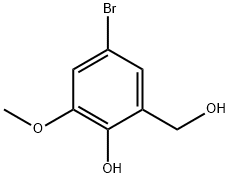

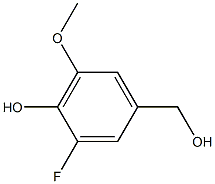
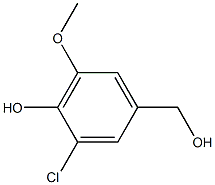
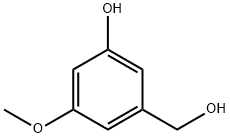
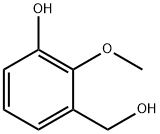


You may like
-
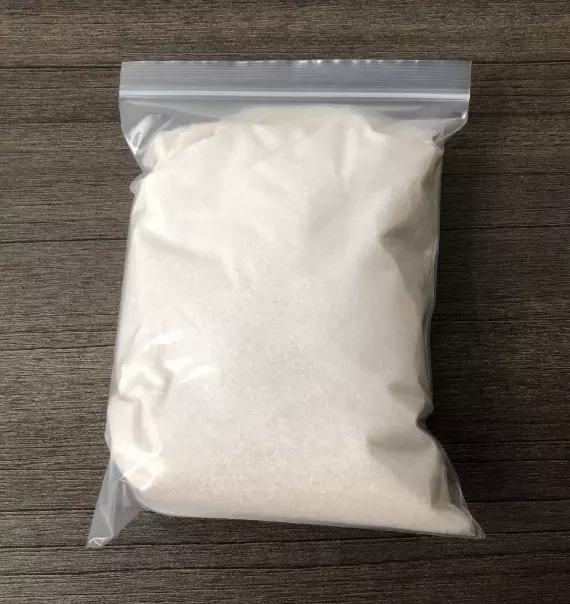 498-00-0 Vanillyl alcohol 99%View Details
498-00-0 Vanillyl alcohol 99%View Details
498-00-0 -
 498-00-0 98%View Details
498-00-0 98%View Details
498-00-0 -
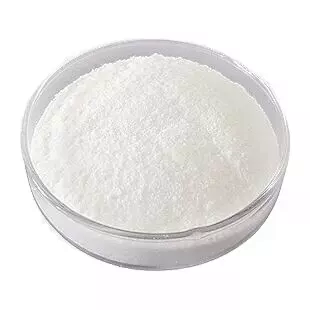 Vanillyl alcohol 98%View Details
Vanillyl alcohol 98%View Details
498-00-0 -
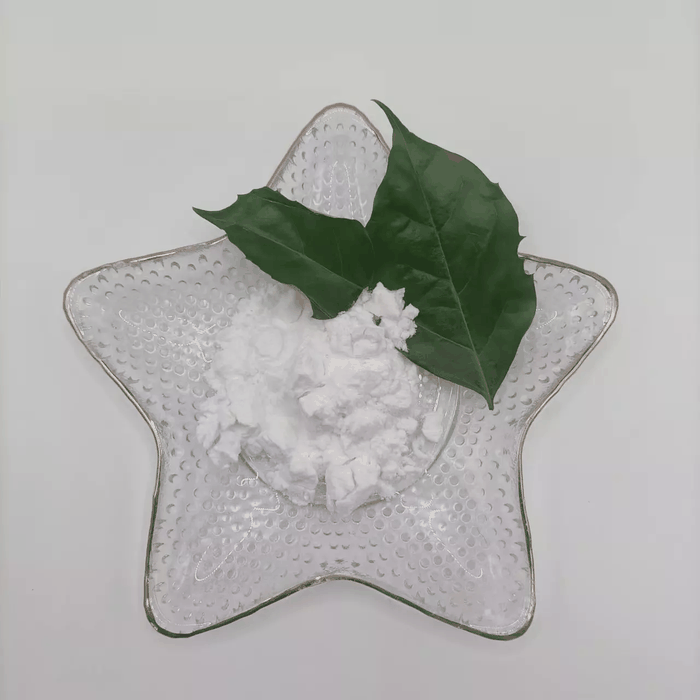 Vanillyl alcohol 498-00-0 99%View Details
Vanillyl alcohol 498-00-0 99%View Details
498-00-0 -
 Vanillyl alcohol 498-00-0 98%View Details
Vanillyl alcohol 498-00-0 98%View Details
498-00-0 -
 Vanillyl Alcohol CAS 498-00-0View Details
Vanillyl Alcohol CAS 498-00-0View Details
498-00-0 -
 4-Hydroxy-3-methoxybenzyl alcohol CAS 498-00-0View Details
4-Hydroxy-3-methoxybenzyl alcohol CAS 498-00-0View Details
498-00-0 -
 118753-70-1 98+View Details
118753-70-1 98+View Details
118753-70-1